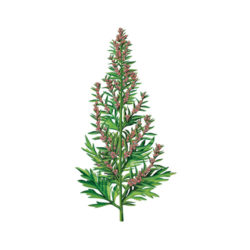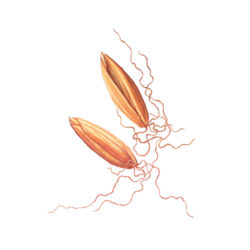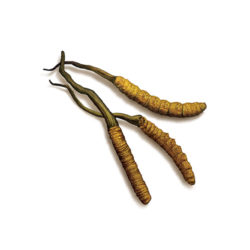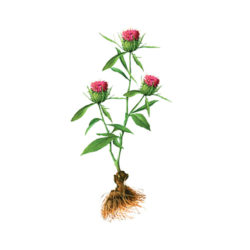Honey
Mel
History
First appeared in Divine Husbandman's Classic of the Materia Medica, classified as upper class. In the west, it is thought that honey has been used for at least 2700 years to treat a variety of ailments through topical application.
Introduction
The honey made by bees (Apis cerana Fabricius and A. mellifera L., family Apidae).
Modern Usage
Honey shows laxative, anti-tumour and detoxifying effects. It can also increase humoral immune functions. Wound gels that contain antibacterial honey and have regulatory approval for wound care are now available to help conventional medicine in the battle against drug resistant strains of the bacteria MRSA.
Traditional Usage
According to Chinese traditional medicine, honey is sweet and neutral in nature, entering the spleen and large intestine meridians and tonifying both associated organs, relieving pain and increasing appetite, as well as treating constipation. It also enters the lung meridian and moistens the lungs to stop coughing. Western medicine also prizes honey for its antiseptic and antibacterial properties, and it has long been used both as a topical treatment for skin ailments and taken internally to relieve sore throats and coughing. The antibacterial properties of honey are the result of the combined effects of low water activity causing osmosis, the presence of hydrogen peroxide and high acidity.
*The Content is not intended to be a substitute for professional medical advice, diagnosis, or treatment. Please always seek the advice of your physician or other qualified health provider with any questions you may have regarding a medical condition.




